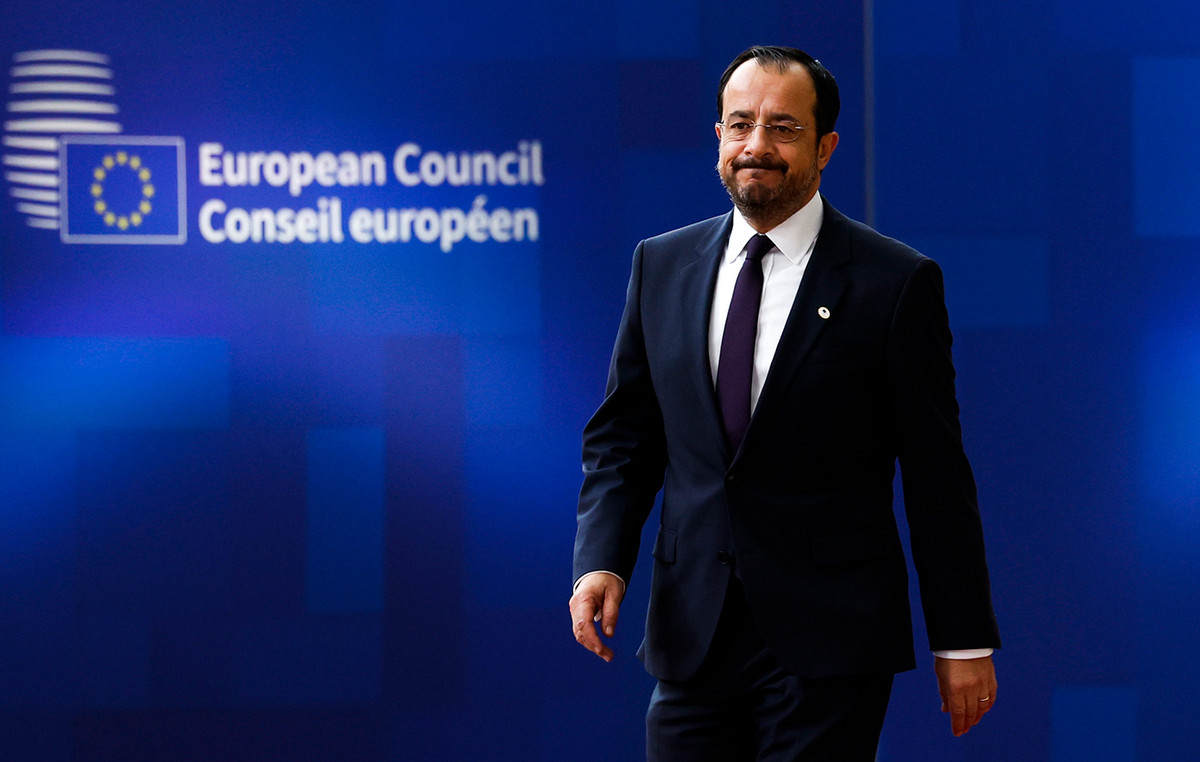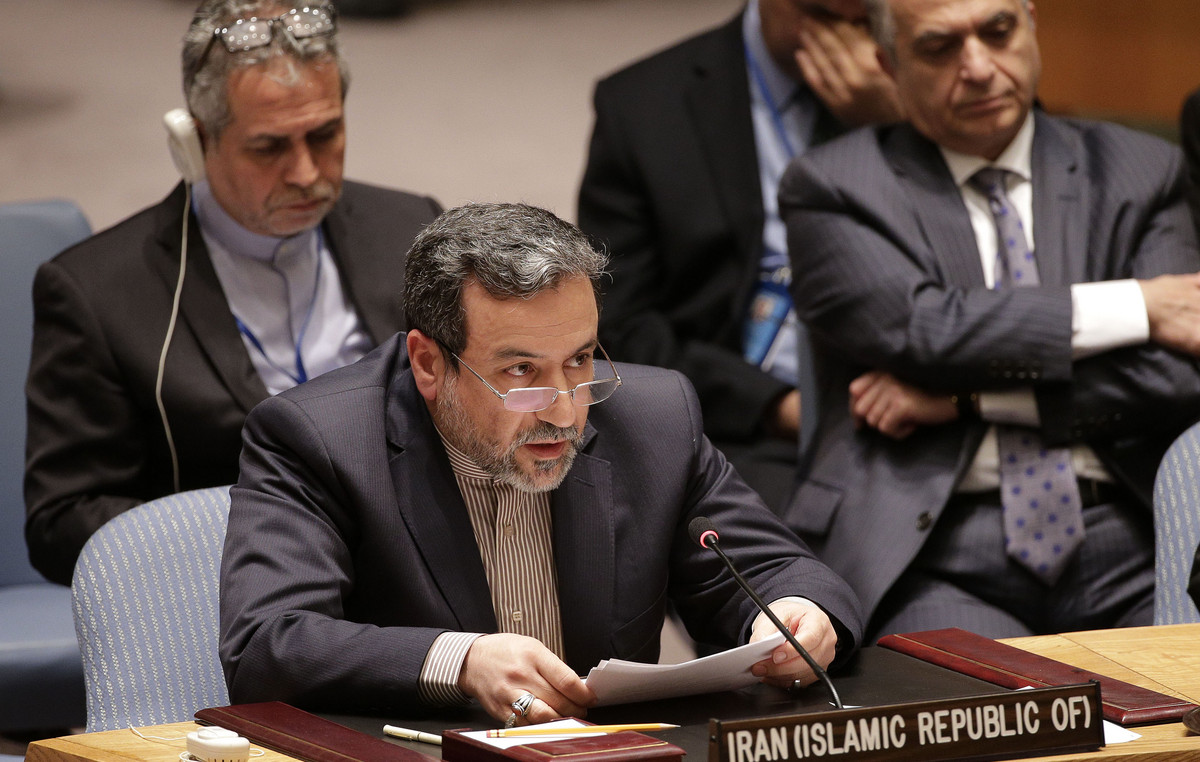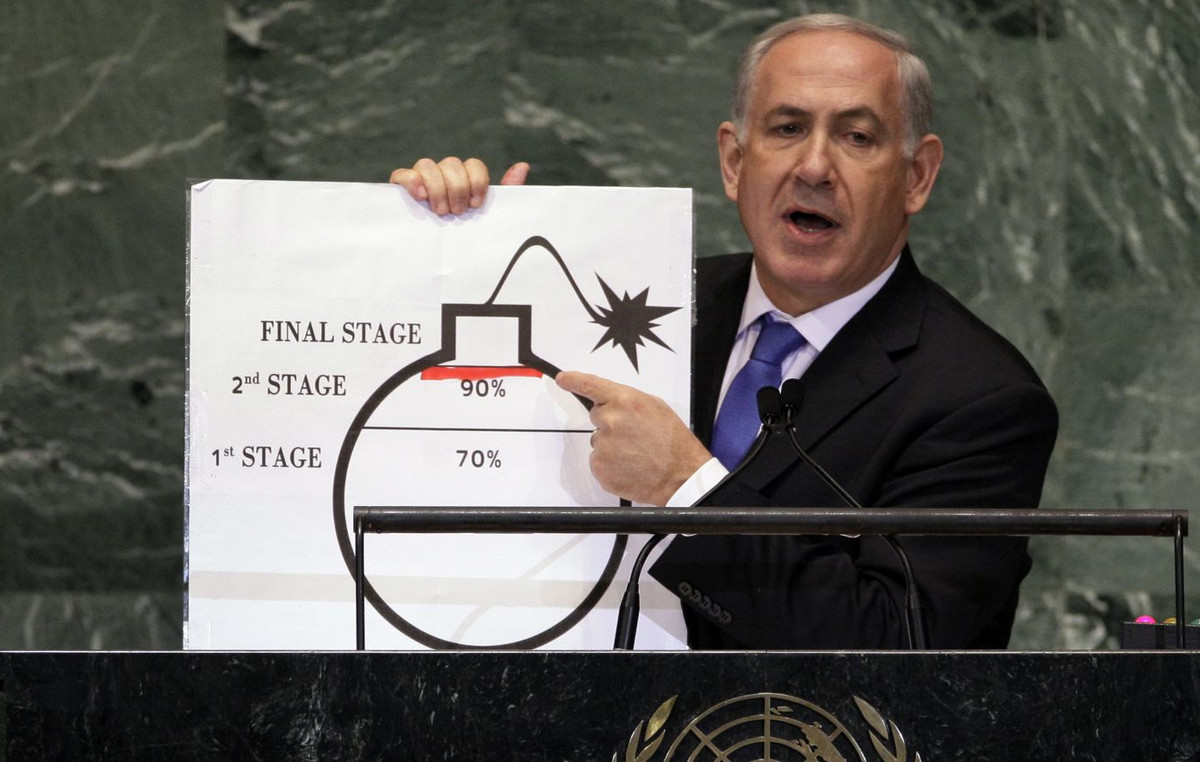Wind and solar have accounted for a record 24% of the European Union’s electricity mix since Russia launched its war on Ukraine, says a new report, a boost that has also helped the bloc fight rising inflation.
The growth in renewable energy capacity saved the 27-country bloc BRL 514.5 billion in avoided gas imports between March and September, which represents BRL 57.1 billion more compared to the same period last year, according to the report published by climate think tanks E3G and Ember.
The boost in renewables comes as Europe tries to get rid of Russian gas, while Moscow reduces, and even cuts, energy supplies to European nations to gain the upper hand in the conflict. The war has forced the EU to face its costly dependence on Russian gas, which in 2020 accounted for 41% of EU fossil fuel imports.
Nineteen of the 27 EU member states have achieved record wind and solar generation since March, according to the report.
Poland had the highest year-over-year percentage increase of 48.5%, while Spain recorded the highest absolute generation increase with 7.4 terawatt hours (TWh). Spain’s renewable generation alone avoided R$8.8 billion in imported gas costs.
The think tanks have warned, however, that there is still a long way to go to reach the bloc’s renewable energy potential. Fossil gas still produced around 20% of the EU’s electricity in the same period, at a cost of around BRL 426.2 billion.
“Wind and solar are already helping European citizens,” Chris Rosslowe, senior analyst at Ember, said in a statement. “But the future potential is even greater.”
“More renewable energy, less inflation”
Wind and solar generated 345 TWh of electricity across the EU from March to September this year – a record increase of 13% on the previous year.
Total renewable capacity would have been much higher if hydroelectricity hadn’t dropped 21% due to droughts this summer, which scientists say was exacerbated by the man-made climate crisis. The report’s main message is simply: “More renewable energy, less inflation”.
However, energy prices in Europe are still high. Russia’s gas restrictions on Europe resulted in “the biggest inflationary shocks in Europe since World War II, surpassing the oil crisis of the 1970s,” the report said.
In September 2022, energy costs increased by 40.8% compared to last year, representing 36% of the EU’s overall inflation figures. The report’s main message is simply: “More renewable energy, less inflation”.
However, energy prices in Europe are still high. Russia’s gas restrictions on Europe resulted in “the biggest inflationary shocks in Europe since World War II, surpassing the oil crisis of the 1970s,” the report said.
Some EU countries have announced fiscal support packages worth hundreds of billions of dollars to try to limit this inflation, largely by subsidizing the use of fossil fuels for heating – but many businesses and families are still left with bills they can’t pay.
The report warns that governments will not be able to sustain such expensive programs “to offset high fossil energy prices over an extended period of time”.
The EU has managed to fill its gas storage containers for the winter, but questions have been raised about how the bloc will fill the gap in the upcoming heating season. According to the report’s authors, this makes it “all the more important now to shift focus to measures that go beyond winter 2022/23.”
The rise in renewables followed the European Commission’s “RePowerEU” proposal in May, which raised the renewables target from 40% of the total energy mix by 2030 to 45%.
Source: CNN Brasil
Joe Jameson, a technology journalist with over 2 years of experience, writes for top online news websites. Specializing in the field of technology, Joe provides insights into the latest advancements in the industry. Currently, he contributes to covering the world stock market.







